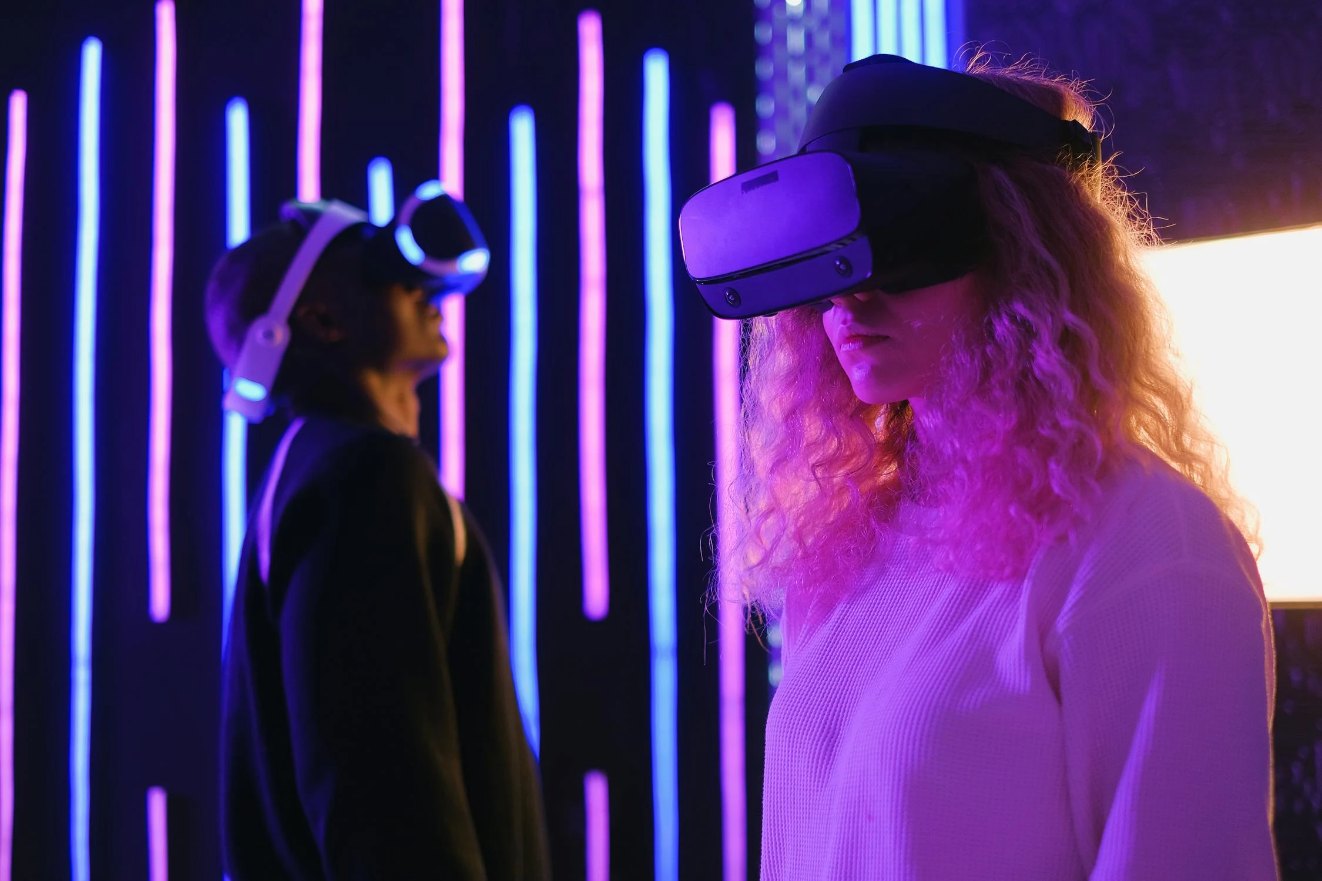Mind-Reading Technology: The Future of Brain-Computer Interfaces

4 min read
30 May 2025
Mind-reading technology, once the stuff of science fiction, is rapidly advancing, thanks to the development of brain-computer interfaces (BCIs). These interfaces enable direct communication between the human brain and external devices, opening up a world of possibilities for medical applications, communication, and even entertainment. In this article, we will explore the cutting-edge field of mind-reading technology, the potential it holds, and the ethical considerations that come with it.
Understanding Brain-Computer Interfaces
Brain-computer interfaces (BCIs), also known as brain-machine interfaces (BMIs), are innovative systems that bridge the gap between the human brain and computers or external devices. These interfaces can interpret brain signals, allowing users to control devices or receive feedback directly through their thoughts. BCIs come in various forms, including invasive, non-invasive, and partially invasive methods:
Invasive BCIs: These interfaces involve implanting electrodes directly into the brain tissue. While they offer high precision and accuracy, they also pose significant surgical and ethical challenges.
Non-Invasive BCIs: These interfaces use external sensors, such as electroencephalogram (EEG) or functional magnetic resonance imaging (fMRI), to detect brain activity. They are less invasive but may have lower resolution. Partially Invasive BCIs: These BCIs are a compromise between the two, using electrodes implanted on the brain's surface or within the skull.
Medical Rehabilitation: BCIs have shown promise in assisting individuals with paralysis or neurological conditions. By decoding brain signals, these interfaces can help patients control prosthetic limbs or even regain limited mobility. Assistive Technology: BCIs can provide a lifeline to individuals with severe disabilities, allowing them to communicate and interact with the world.
Non-invasive BCIs enable users to type, draw, or even speak using their thoughts. Enhanced Learning: BCIs can be used in education to improve learning outcomes. They can monitor students' engagement and concentration levels, providing real-time feedback and adapting educational content accordingly. Entertainment and Gaming: Mind-reading technology can create immersive gaming experiences by allowing players to control characters and interact with virtual worlds through their thoughts.
Neurofeedback Therapy: BCIs can be used for neurofeedback therapy, helping individuals manage stress, anxiety, and other mental health conditions by providing real-time information about their brain activity.
Privacy: BCIs that can read thoughts and intentions could potentially infringe on individuals' privacy. Protecting the confidentiality of one's thoughts is a significant ethical challenge.
Informed Consent: The use of invasive BCIs, especially those involving brain implants, raises questions about informed consent and potential risks associated with the technology.
Security: BCIs may become vulnerable to hacking, potentially allowing unauthorized access to individuals' thoughts and brain data. Bias and Discrimination: There is a risk that mind-reading technology could be used to reinforce bias or discrimination, particularly in areas like employment, education, or law enforcement.
Mind-reading technology, driven by the development of brain-computer interfaces, holds immense potential to transform various aspects of our lives, from healthcare and communication to entertainment and education. While the ethical and privacy concerns surrounding these technologies are significant, they can be addressed through careful regulation, informed consent, and ongoing dialogue among stakeholders. As mind-reading technology continues to evolve, it is crucial to strike a balance between the incredible opportunities it presents and the ethical considerations that come with the power to access and interpret thoughts and intentions. The future of mind-reading technology promises to be both fascinating and complex, pushing the boundaries of what is possible in the realm of human-computer interaction.

The AR Breakthrough That Will Make Blockchain Transactions Simpler Than Ever!
6 min read | 15 Nov 2025
How AI Is Making Blockchain Smarter and Safer – The Inside Scoop!
6 min read | 14 Nov 2025
The Big Tech Twist: How VR Is Set to Disrupt Blockchain Like Never Before!
7 min read | 13 Nov 2025
Unlocking the Power of AR: How Augmented Reality Is Set to Revolutionize Blockchain!
6 min read | 12 Nov 2025More Articles

Biotechnology Breakthroughs: Advancements in Health, Agriculture, and Beyond
6 min read | 10 Oct 2025

The Rise of Voice Assistants: How AI-Powered Devices Are Reshaping Daily Life
4 min read | 09 Oct 2025

Augmented Reality: Beyond the Hype - Practical Applications and Future Prospects
7 min read | 08 Oct 2025

The Synergy of Tech World and Gaming: How Cutting-Edge Technology is Driving Gaming Forward
5 min read | 07 Oct 2025
More Articles

Cybersecurity Trends: Staying Ahead of Emerging Threats
7 min read | 03 Aug 2025

The Role of Technology in Disaster Recovery and Relief
7 min read | 02 Aug 2025

The Future of Tech-Driven Transportation: Hyperloop and Beyond
6 min read | 01 Aug 2025

The Impact of 3D Bioprinting on Healthcare
7 min read | 31 Jul 2025
